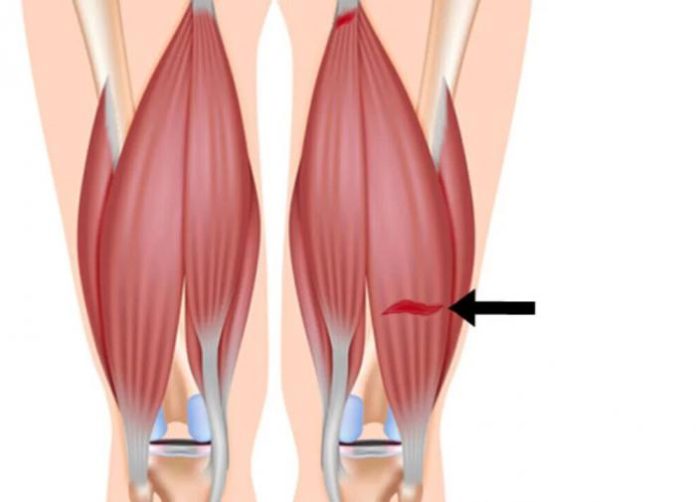Thigh muscle strains and tears are common occurrences in sports that involve a lot of running or sudden movements. The main role of the thigh muscles is knee flexion. Some muscle strains can resolve on their own with rest and pain medication. However, more severe injuries may require surgical intervention and lengthy rehabilitation.
Thigh Muscle Tear
A thigh muscle tear typically causes sudden pain, and in some cases, you may hear a clicking sound or experience numbness or difficulty moving your leg. Following the injury, you may have pain when trying to extend your knee beyond 30-40 degrees.
Risk factors for hamstring muscle injury include:
- Leg length discrepancy.
- The imbalance between the quadriceps (thigh muscles) and the hamstring muscles.
- Inadequate warm-up before exercise.
- Muscle fatigue during physical activity.
- Poor flexibility.
- Lack of muscle strength.
- Overexertion.
- Hip muscle tightness.
- Weakness of the gluteal muscles.
Treatment
The treatment for a hamstring muscle injury varies depending on its severity, often requiring surgical intervention in more severe cases. Preventive measures such as proper warm-up before exercise, correct exercise technique, and muscle strengthening can help reduce the risk of injury.
Diagnosis of thigh muscle injuries
Thigh muscle injuries are typically diagnosed based on the location and intensity of pain, as well as limited range of motion. They most commonly occur either in the middle of the back of the thigh or under the gluteal muscle near the point where the tendon connects to the bone.
In most cases, diagnostic tests are not necessary to confirm the diagnosis. However, in severe injuries, an MRI may be required. Alternatively, ultrasound can be used to provide a real-time assessment of the injury, allowing visualization of the muscles and tendons. X-rays, while useful, may sometimes miss small tears.
Treatment of Thigh Muscle Injuries
The treatment of thigh muscle injuries is based on the severity of symptoms. Conservative treatment may include:
- Massage
- Manual therapy
- Acupuncture
- Electrotherapy
However, the scientific evidence supporting the effectiveness of these methods is limited, and their use may depend on patient preferences.
Surgical treatment is usually reserved for cases where conservative methods fail or in the presence of a complete tendon detachment from the bone. The goal of surgical intervention is to restore the integrity of muscle fibers and tendons. After surgery, rehabilitation is necessary, which includes physiotherapy and exercises to regain strength and flexibility in the leg muscles.
The duration of treatment and recovery after an injury depends on its severity. Most mild injuries heal within a few weeks, while more severe injuries may take several months. It is important to follow the recommendations of the doctor and physical therapist to avoid re-injury and achieve the best treatment outcome.
Key recommendations for preventing injuries include:
- Incorporate backward running into your training routine as it strengthens the muscles around the knee joint.
- Approach squats and other exercises that engage the gluteal muscles with caution.
- Follow the 10% rule, gradually increasing the intensity, distance, or duration of your workouts by no more than 10% each week to avoid overexertion.
- Perform stretching exercises before and after your workouts. It’s important to remember that during strength training, muscles tend to contract. Without stretching, these muscles can gradually become fixed in a semi-flexed position.
- Warm up before your workout using eccentric stretches for the muscles in the back of your thigh.



